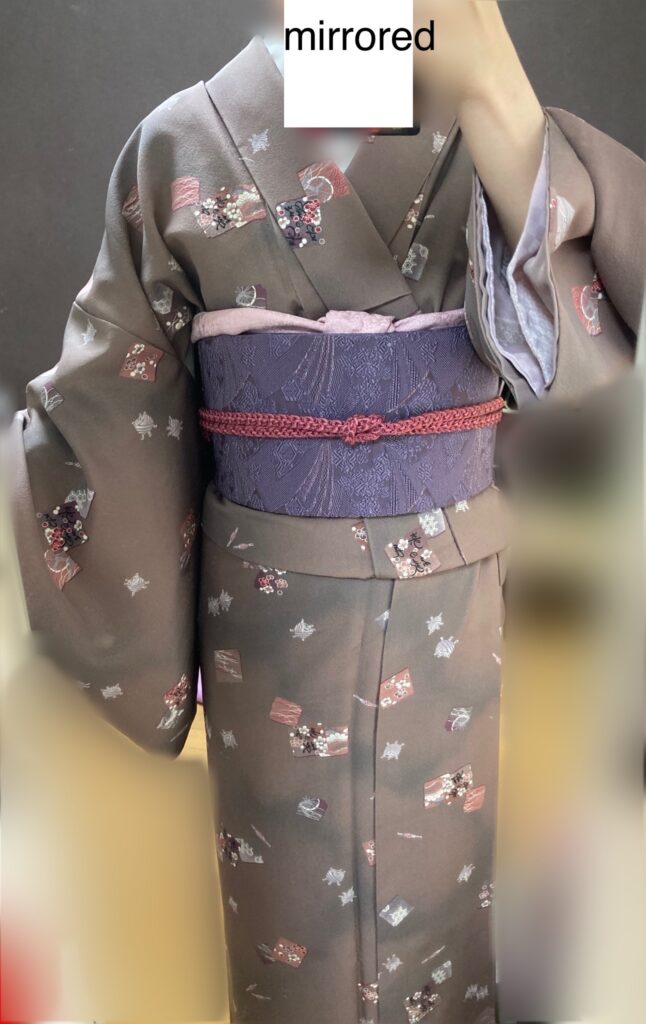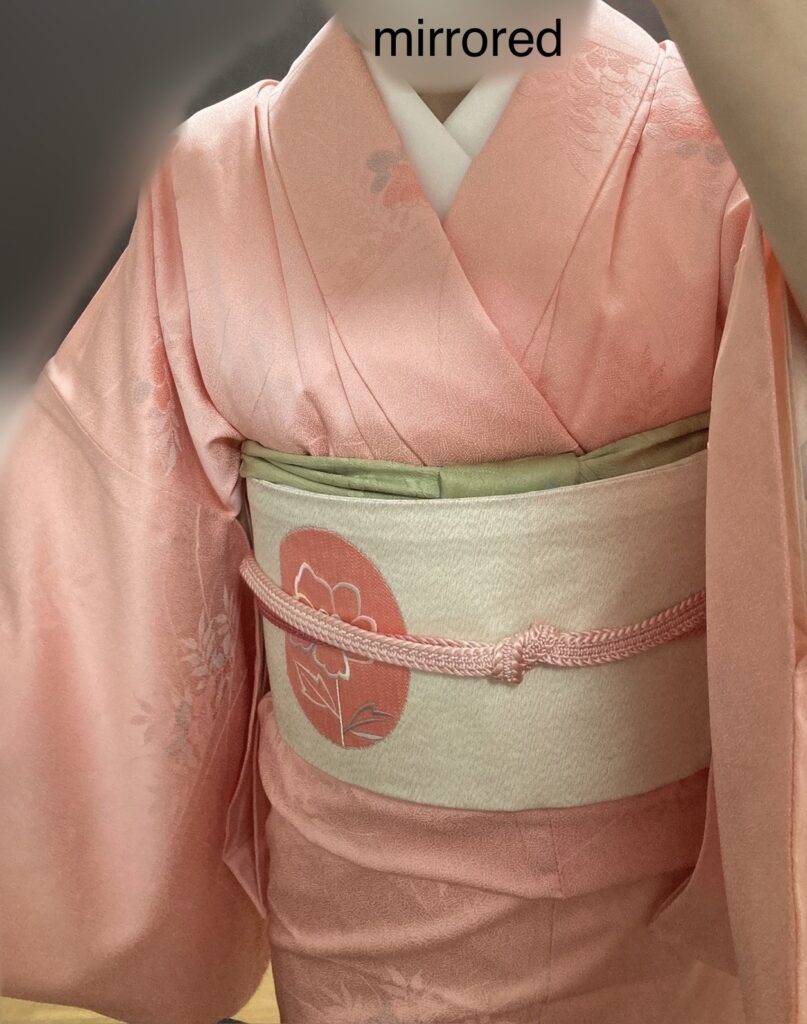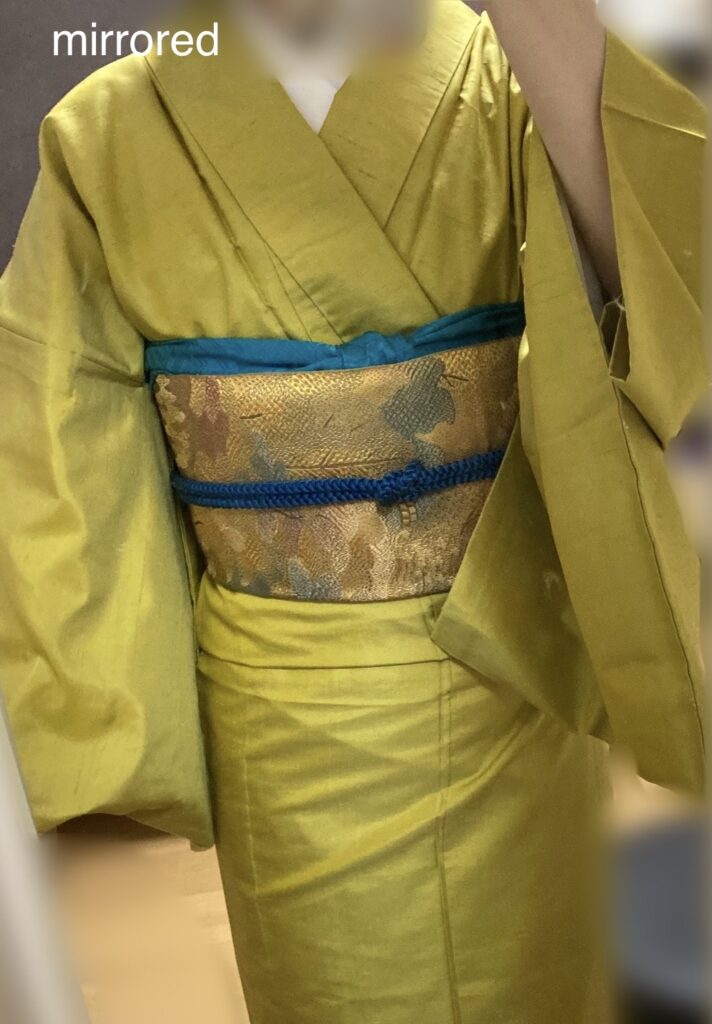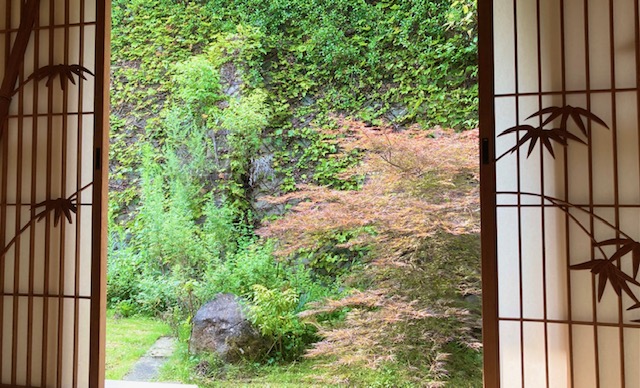Are you interested in traditional Japanese performing arts like Nihon Buyō (Japanese classical dance)? In my previous post, I shared my personal experience with taking lessons and practicing this beautiful art form. Today, I’d like to talk about the recital—an opportunity to present what we’ve been working on—and share what it was like to take part in it.
- Understanding Japanese Dance Showcases: More Than Just Performance
- My Four-Performance Journey: From Nervous Beginner to Confident Participant
- The Hidden Aspects of Traditional Japanese Arts Culture
- The Unexpected Benefits of Japanese Dance Performance
- The Changing Demographics of Traditional Arts
- The Ageless Nature of Japanese Traditional Arts
- Your Traditional Arts Journey: Making It Personal
Understanding Japanese Dance Showcases: More Than Just Performance
Japanese dance showcases (called “hapyo-kai” in Japanese, “Osarai-kai” in the field of Nihon Buyō) are much more than simple recitals. They’re community events that blend artistic expression, cultural tradition, and social bonding.
What Makes These Showcases Special
Community-centered approach:
- Students of all ages participate together
- Both adults and children perform
- Multi-generational learning environment
- Supportive audience of fellow students and families
Traditional cultural elements:
- Formal kimono presentations
- Teacher demonstrations
- Cultural customs and etiquette
- Seasonal or thematic programming
Learning opportunities:
- Performance experience in a supportive environment
- Observation of advanced techniques
- Community building among students
- Motivation for continued practice
My Four-Performance Journey: From Nervous Beginner to Confident Participant
Let me walk you through my actual experiences at four different Japanese dance showcases, including the lessons I learned and how each performance built upon the last.
First Performance: Familiar Faces, Unfamiliar Nerves
The setting: Our regular classroom
My experience: Despite the familiar location and people, performing felt completely different from practice.
What I learned:
- Familiarity doesn’t eliminate nerves: Even known faces become “audience” during performance
- Practice vs. performance mindset: The mental shift required is significant
- Simple beginnings are valuable: Starting small builds confidence for bigger stages
What this taught me: First performance will feel nerve-wracking regardless of the setting. This is completely normal and part of the learning process.

Second Performance: The Real Stage Experience
The setting: Larger community hall with proper stage
My experience: Teachers in full white makeup, formal staging, and I performed two pieces with other students.
The transformation I witnessed:
- Professional presentation: Seeing teachers in traditional white stage makeup was breathtaking
- Collaborative performance: Dancing with fellow students created camaraderie
- Technical support: Pre-performance rehearsal helped manage stage nerves
- Documentation: Receiving a performance DVD (though I’m still too embarrassed to watch it!)
What this taught me: The formal staging elevated everyone’s performance. The environment itself inspired better technique and presence.

Third Performance: Learning About Kimono Coordination
The setting: Teacher’s practice studio
My experience: Wore a kimono given by my teacher, coordinated with other students.
My styling mistake:
- Color coordination error: My obi and kimono colors blended too much
- Visual impact lost: The outfit lacked the contrast needed for stage presence
- Learning moment: Understanding how performance kimono differs from daily wear
What this taught me: Stage presentation requires different considerations than everyday kimono wearing. Color contrast and visual impact become crucial.

Fourth Performance: The Power of Expert Guidance
The setting: Teacher’s studio again
My approach: Let my teacher choose my obi from several options.
The result:
- Professional coordination: Teacher’s choice created a stunning ensemble
- Visual confidence: Proper color coordination enhanced my stage presence
- Trust in expertise: Learning to rely on my teacher’s experience
Important lesson: Traditional arts teachers have decades of experience with performance presentation. Their guidance is invaluable.

The Hidden Aspects of Traditional Japanese Arts Culture
Beyond the visible performance aspects, Japanese dance showcases revealed surprising cultural elements I hadn’t expected.
Student Volunteer Responsibilities
What I discovered: Students are expected to volunteer for various event tasks.
My volunteer experience included:
- Guest greeting: Welcoming audience members
- Seating assistance: Guiding people to appropriate seats
- Tea service: Serving refreshments during intermissions
- Clean-up duties: Post-event organization and cleaning
My honest reaction: I was completely exhausted afterward! The physical and social demands were unexpected.
Cultural context: This volunteer system reflects Japanese values of group cooperation and shared responsibility in traditional arts communities.
The Financial Reality of Traditional Arts
Performance costs: Participation fees for showcases are substantial.
Why costs are high (I guess):
- Venue rental: Professional or traditional spaces are expensive
- Teacher compensation: Recognizing the skill and preparation required
- Community support: Contributing to the overall health of the traditional arts community
- Cultural maintenance: Supporting the infrastructure that preserves these arts
Important perspective: These costs reflect the serious cultural value placed on traditional arts in Japan. They’re not arbitrary fees but investments in cultural preservation.
Traditional Training Culture: Historical Perspective
Stories from my teacher’s training days, quite a long time ago:
- Summer practice conditions: Students practiced in sweltering heat while masters enjoyed fans
- Hierarchical structure: Strict respect for seniority and teaching rank
- Physical endurance: Training often included significant physical discomfort
- Dedication expectations: Complete commitment was assumed, not requested
Modern evolution: Today’s teaching approaches are much more considerate while maintaining respect for tradition.
My teacher’s approach: Despite her own challenging training experiences, she remains kind and supportive with current students.
The Unexpected Benefits of Japanese Dance Performance
Motivation for Serious Practice
Before performances: My practice was casual and inconsistent.
After committing to perform: My practice became focused and regular.
Why performance changes everything:
- Accountability: Knowing others will see your progress
- Deadline pressure: Performance dates create natural goals
- Quality standards: Desire to present respectable work
- Community responsibility: Not wanting to disappoint fellow performers
Inspiration from Fellow Students
Observing others’ progress:
- Different skill levels: Seeing various stages of development
- Personal growth stories: Understanding individual journeys
- Diverse interpretations: Each student brings unique expression
- Community achievement: Celebrating collective progress
The completion satisfaction: Successfully finishing a complete dance piece brings genuine accomplishment.
Witnessing Professional Excellence
Teacher demonstrations during showcases:
- Technical mastery: Seeing decades of skill development
- Artistic expression: Understanding the art form’s potential
- Cultural authenticity: Experiencing traditional presentation
- Inspiration for growth: Motivation to continue learning
The Changing Demographics of Traditional Arts
The Adult Student Challenge
My current situation: I’m now the only adult in my class.
The trend I’ve observed:
- Decreasing adult participation: Adult students often leave over time
- Scheduling challenges: Adult life responsibilities conflict with class requirements
- Cultural barriers: Some adults find traditional customs difficult
- Cost considerations: Financial commitments can be prohibitive
The silver lining:
- Individual attention: More personalized instruction
- Self-paced progress: Less pressure to match others’ progress
- Unique perspective: Adult learning brings different insights
- Cultural bridge: Adults can help connect traditional arts to modern life
The Ageless Nature of Japanese Traditional Arts
My 80-Year-Old Teacher’s Example
Your Traditional Arts Journey: Making It Personal
Embracing the Full Experience
What I’ve learned: Japanese traditional arts offer much more than technique instruction. They provide community, cultural connection, and personal growth opportunities.
The challenges are part of the value:
- Cultural customs: Learning traditional etiquette and expectations
- Performance anxiety: Developing confidence and stage presence
- Time commitment: Balancing traditional arts with modern life
I hope this gave you a small glimpse into the world of Japanese classical dance.
It’s a rich and nuanced tradition, filled with quiet elegance, seasonal symbolism, and deep cultural meaning. If you found it intriguing or inspiring in any way, that brings me great joy. Even a brief introduction can open the door to a lifelong appreciation—and perhaps even a personal journey into the art itself.




コメント